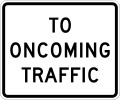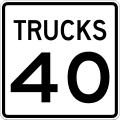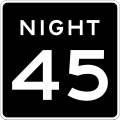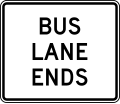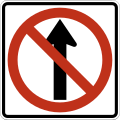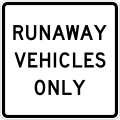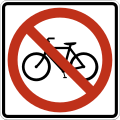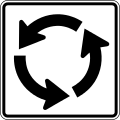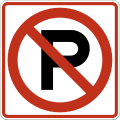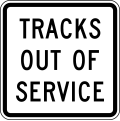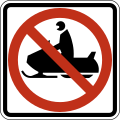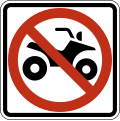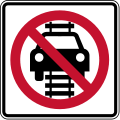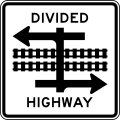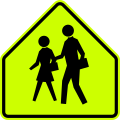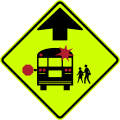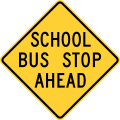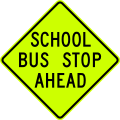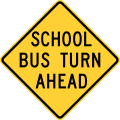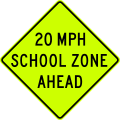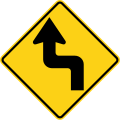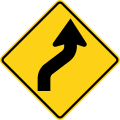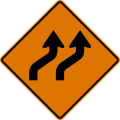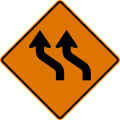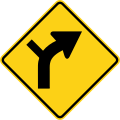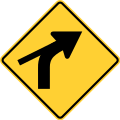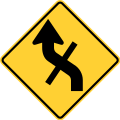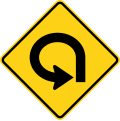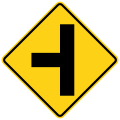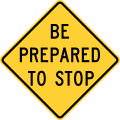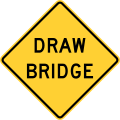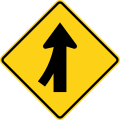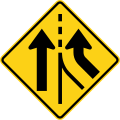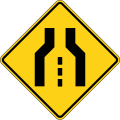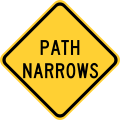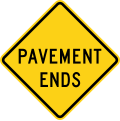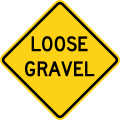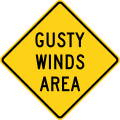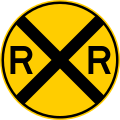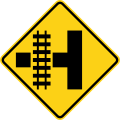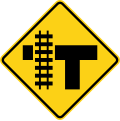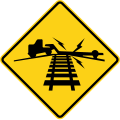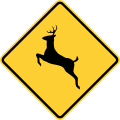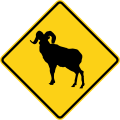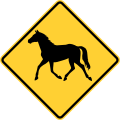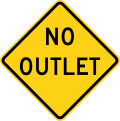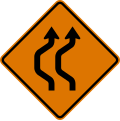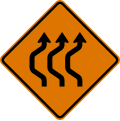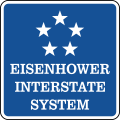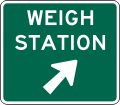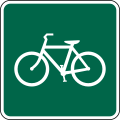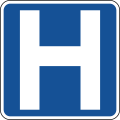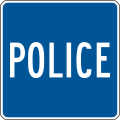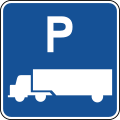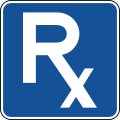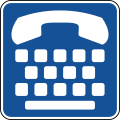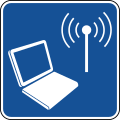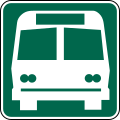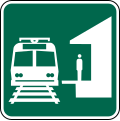This section contains an excessive or unencyclopedic gallery of images.(November 2025) |

Road signs in the United States are, for the most part, standardized by federal regulations, most notably in the Manual on Uniform Traffic Control Devices (MUTCD) and its companion volume the Standard Highway Signs (SHS).
Contents
- Adoption and compliance
- Regulatory signs
- R1 series: Stop and yield
- R2 series: Speed limit
- R3 series: Lane usage and turns
- R4 series: Regulation of movement
- R5 series: Exclusionary
- R6 series: One way and divided highway
- R7 series: Parking
- R8 series: Parking and emergency restrictions
- R9 series: Bicycles and pedestrians
- R10 series: Traffic signal
- R11 series: Road closed
- R12 series: Weight limits
- R13 series: Weigh stations
- R14 series: Truck routes
- R15 series: Rail and light rail
- R16 series: Seat belts and headlight use
- R22 series: Blasting zones
- School signs
- Warning signs
- W1 series: Horizontal alignment
- W2 series: Intersections
- W3 series: Advance traffic control
- W4 series: Lanes and merges
- W5 series: Road width restrictions
- W6 series: Divided highway
- W7 series: Hills
- W8 series: Pavement and roadway conditions
- W9 series: Lane transitions
- W10 series: Railroad crossings
- W11 series: Advance warnings
- W12 series: Low clearance warnings
- W13 series: Advisory speeds
- W14 series: Dead end streets and no passing zones
- W15 series: Playgrounds
- W16 series: Supplemental plaques
- W17 series: Speed humps
- W18 series: No traffic signs
- W19 series: Freeway or expressway end signs
- W20 series: Work zones
- W21 series: Road work
- W22 series: Blasting zones
- W23 series: Slow traffic
- W24 series: Lane shifts
- W25 series: Oncoming traffic has extended green
- W26 series: Watch for stopped traffic
- Object markers
- Route marker signs
- M1 series: Route shields
- M2 series: Junction markers
- M3 series: Cardinal direction markers
- M4 series: Route marker auxiliaries
- M5 series: Advance turn arrow auxiliary signs
- M6 series: Directional arrow auxiliary signs
- M10 series: Scenic area
- M11 series: National Historic Trails
- Destination signs
- D1 series: Destination
- D2 series: Distance
- D3 series: Street name
- D4 series: Parking
- D5 series: Rest area
- D8 series: Weigh station
- D10 series: Reference location
- D11 series: Bicycle facility and shared-use path
- D12 series: Radio, telephone and carpool information
- D13 series: Crossover and freeway entrance
- D15 series: Combination lane use/destination
- D17 series: Truck lane and slow vehicle signs
- Construction information signs
- Motorist services
- General information
- Freeway and expressway signs
- E1 series: Exit number
- E2 series: Next exit
- E4 series: Exit direction
- E5 series: Exit gore
- E6 series: Pull-through
- E7 series: Post-interchange distance
- E8 series: Preferential lane entrance, exit, and intermediate egress
- E11 series: Panels
- E13 series: Exit advisory speed
- Emergency management signs
- See also
- Notes
- References



